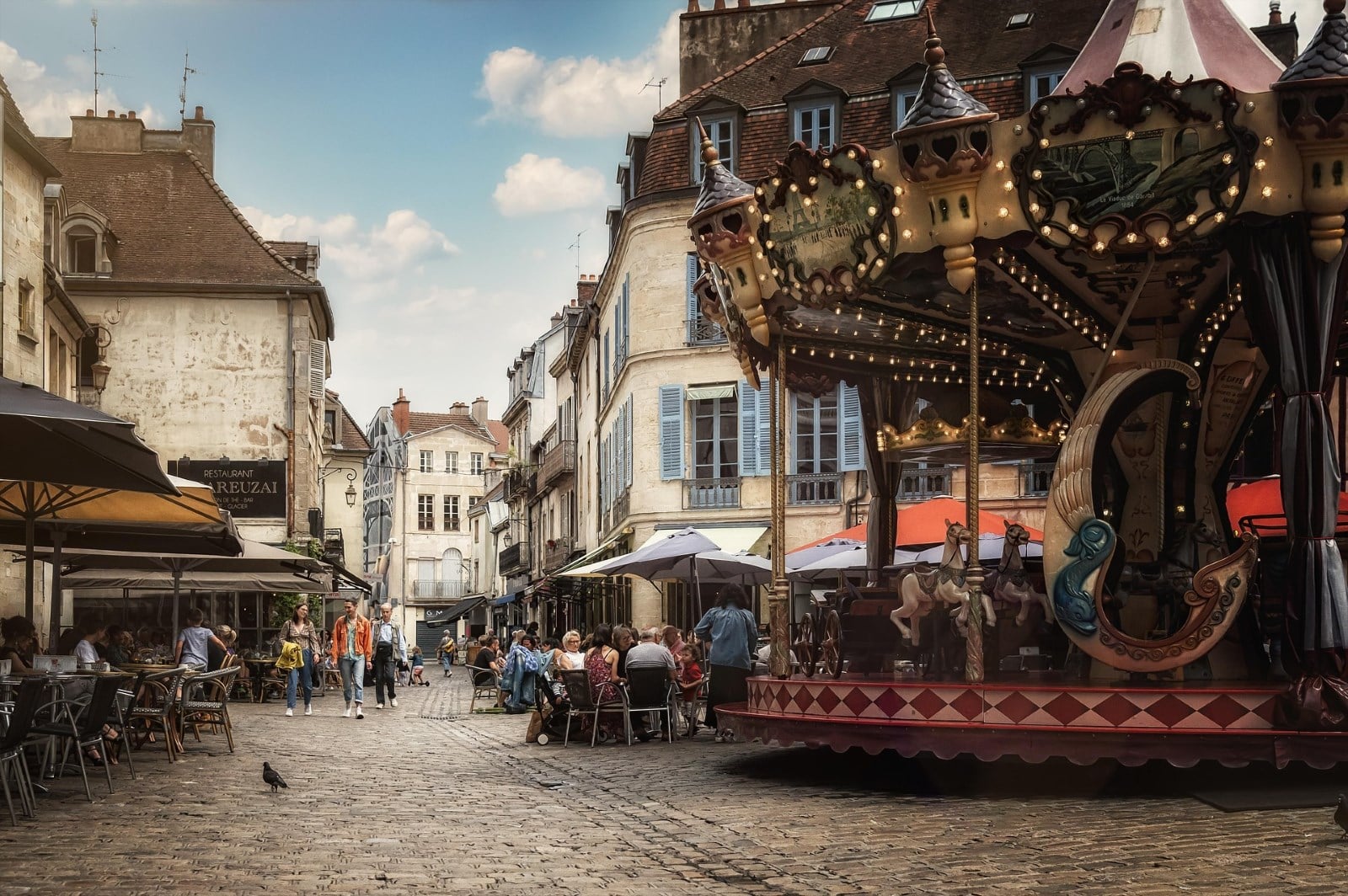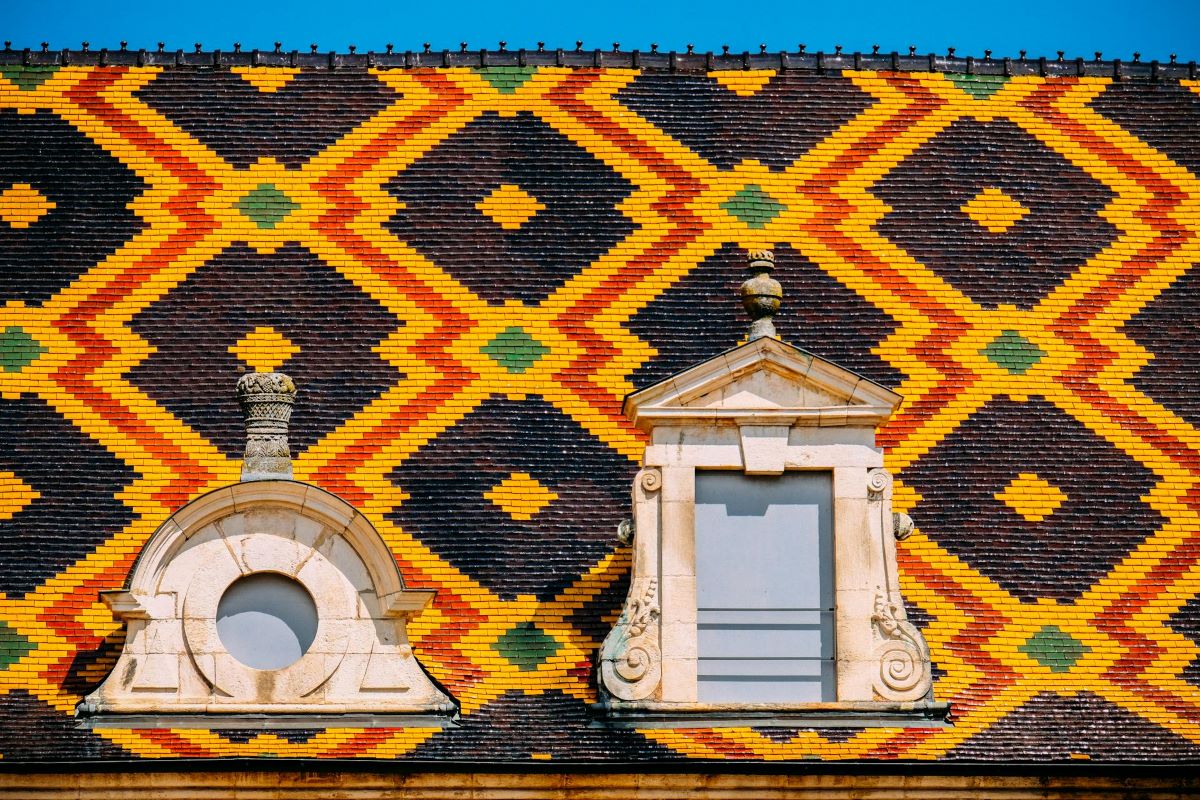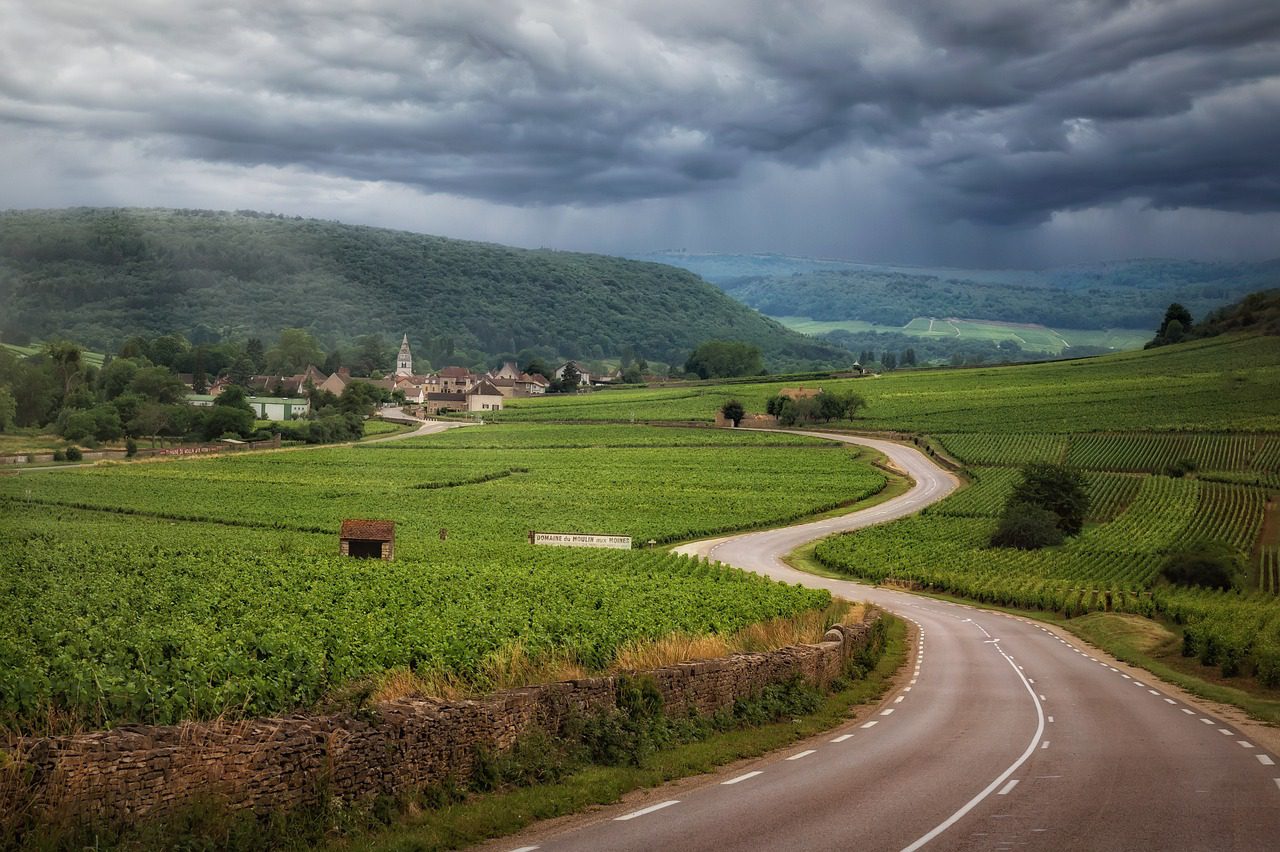From Paris to Burgundy
The fine wines of the golden slope have connected Paris and Burgundy for centuries. Kings of Versailles sought these delicacies, vaunted for happiness produced and health secured. The lighter style of the Pinot grape was considered restorative, and important trade patterns were built to ensure that Versailles remained stocked.
Parisian restaurants still represent this today. As you go up the ladder in price the depth of the Burgundy list increases while every other region gets barely a nod. A Paulliac can be forgiven when paired with the Taillevent’s beef wellington, but really a Corton would be just as good.
While quality to price is fantastic compared to most other metropolises, the siren song of a nearby mecca can be heard even in the City of Light. A direct train from the Gare de Lyon hits Dijon sans arret and alights your thirst to the seat of the Dukes in barely 90 minutes.
The banlieu of Paris melt away within a quarter hour and you are quickly left with nothing but farmland spotted by the occasional grange. What regional roads do pass through here are wide open but for the dozen meters they wind through the villages. If you zoom out with the TGV’s speed over 200mph, shades of green fields and brown stone blur together.
About thirty minutes before arrival, signs for the vineyards of Chablis only heighten the anticipation. Perched almost 100 miles northwest of the northern tip of the Cotes de Nuits, Chardonnay finds its sharp green home along the Yonne River. Kimmeridgian soil – crushed Jurassic limestone with a touch of clay – brings a steely nerve that sets it distinctly apart from the peers that rhyme with trebuchet.

Dijon
Dijon is a beautiful town. It should be, the Dukes sold great wine. A large pedestrian only centre ville is filled with locales to eat, drink, and buy wine. Throwing a dart at the wine list is the recommended method. Just don’t ask for anything further than what you can see from the church tower. As you get down into the villages this rule narrows to what you can hit with a stone’s throw.
The Routes des Grands Crus starts in Gevrey Chambertin and touches every cherry mushroom dream site you’ve ever heard of. After skirting past the train station and bricolage strip malls, the mouth of the world’s most tasty valley opens up to your right. We start with the king of reds in Chambertin and see Pinot demonstrate its flowery side in Chambolle, a rustic strength in Morey, and princely elegance in Vosne.
Grand Cru sites shimmer, nestled perfectly along the bosom of the hill. Premier Crus cushion them up the hill to the east against the forest, and as the slope flattens into the main road “simple” village sites make up the outer circle. While there are always politics when lines get drawn, terroir screams in Burgundy.
Nuits St. Georges is the first significant village south of Dijon, where another cluster of restaurants and walking streets helps to break up a day of tours. The slope narrows to a bottleneck point as the A5 “Route du Soleil” passes Provencal tourists through and the main regional town of Beaune sits.
Sitting just north and above the town though is the grand hill of Corton. Unique as an ambidextrous Grand Cru site, the whites were good enough for Charlemagne and the reds are great value if you can find them.

Beaune
Beaune is home to the famous “Hospices” which is a nonprofit hospital funded exclusively by the sale of its wines at auction each year. The grand festival is open to anyone, just beware that the unit size is a 225 liter barrel. Though lacking a Grand Cru, both the red and whites of the village hold their own against neighbors north or south.
The bottom half of the Cote d’Or is the Cote de Beaune, which brings both red and white delights. Pommard and Volnay sit amongst rolling hills, but the terrain flattens out notably as we get into Meursault – except for the butte of Montrachet. This bump in the land is home to some of the most well-balanced and ageable white wines.
Keep following the trail and you’ll quickly land in the Cote Chalonnaise – unless you take a detour up to Marange or Santenay. Beaujolais then is a skip away, and then the Rhone will tumble you down through Syrah and Grenache until you land in a bucket of Mediterranean Rose.

